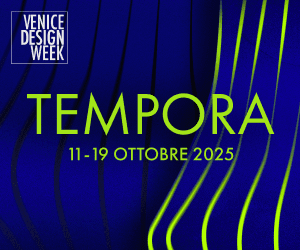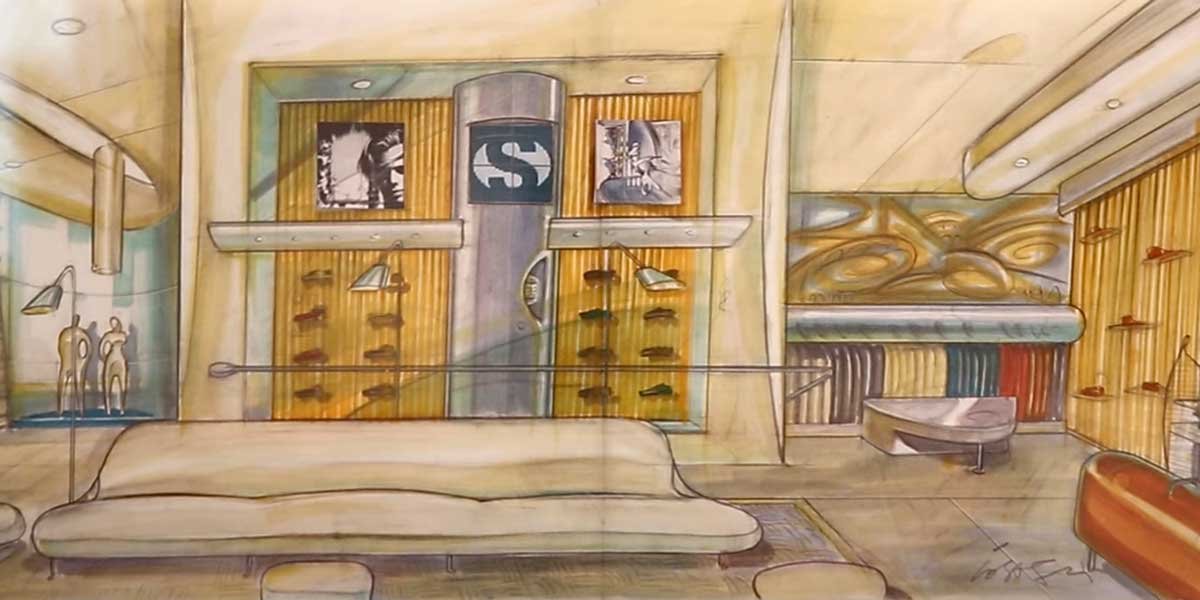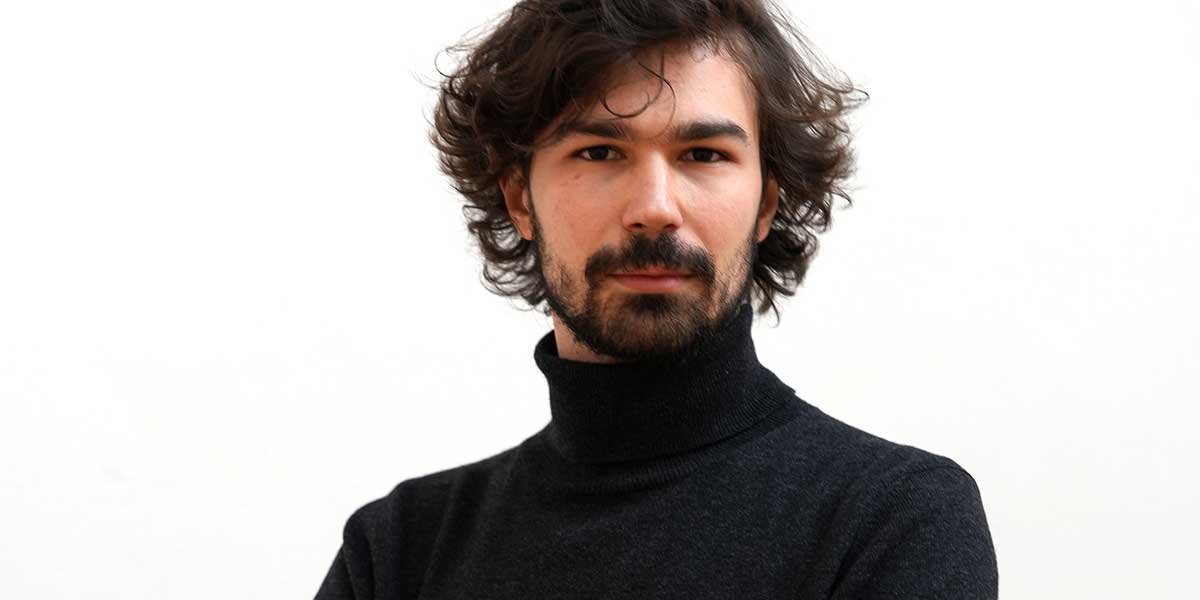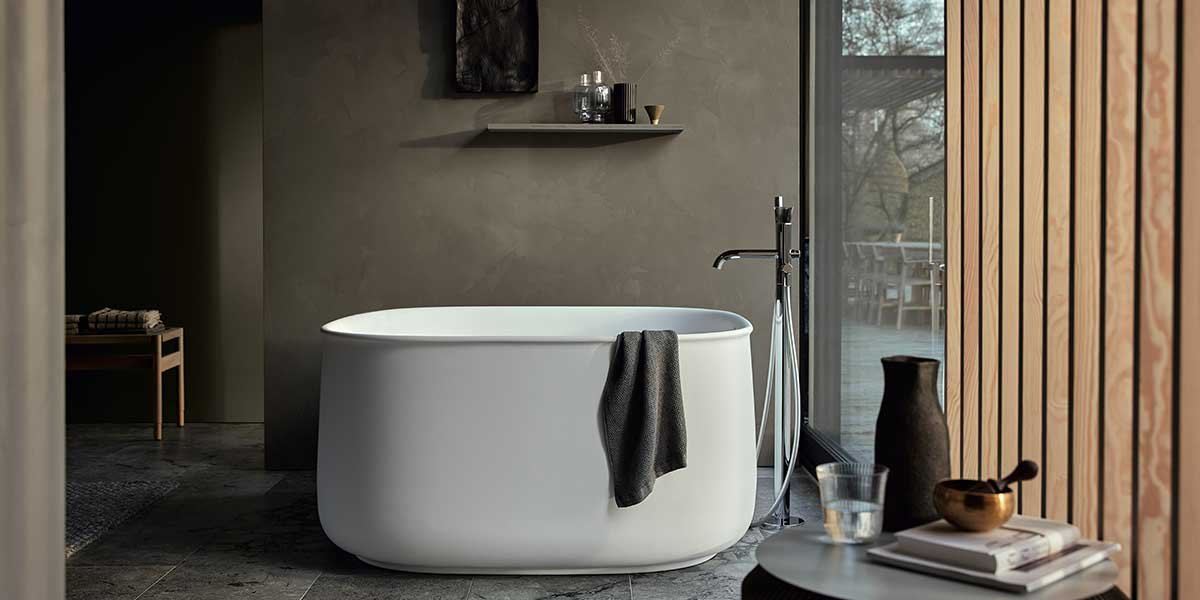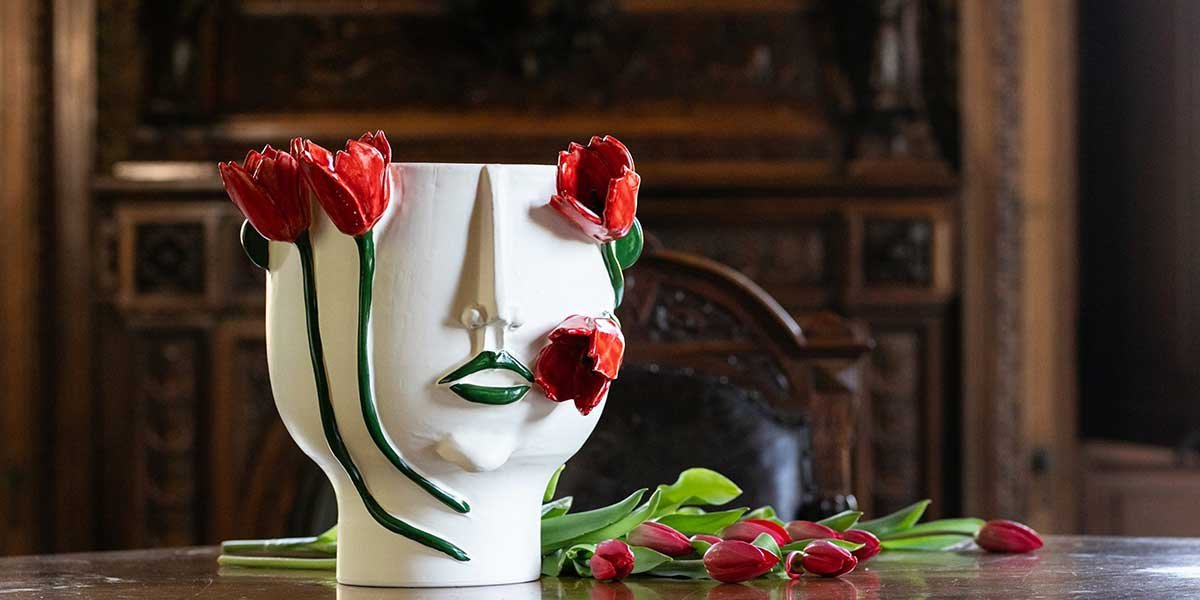An interview by Evi Mibelli with Davide Diliberto.
The perception is that of being in front of a person who does not like being the center of attention. Davide Diliberto delegates to the project the task of talking about his vision of design. Which is refined, measured, attentive to every detail and to the dialogue that is maintained with the surrounding environment.
As an industrial designer, Davide Diliberto is – a rare quality in an era of protagonism – a convinced supporter that the role of the designer must be that of a careful interpreter of the needs of the companies with which he collaborates, and work to raise their value and image in the eyes of the public and the market. A degree in Industrial Design with a thesis on car design, obtained at the Polytechnic of Milan, and a truly unexpected start to his career at Zagato, an Italian coachbuilding company founded in 1919, which boasts historic collaborations with Alfa Romeo, Maserati, Lancia, and Aston Martin.
“It is true. As a recent graduate, I showed up for my first job interview at Zagato, with the dream of designing for the automotive industry. In reality, the meeting was about finding designers for a new internal division, which would deal with consumer electronics products. I was hired immediately. Among the first customers were Telecom Italia and Siemens. Fresh out of college, I found myself in the company of a young colleague and my office manager, dealing with two telephony giants to whom we had to bring proposals. A baptism of fire”.
On the left, Siemens Gigaset C450, one of the models designed during the years at Zagato, for several years it was a best seller of the Gigaset range; on the right, Rubinetto Acquaplano, 2018.

Acquaplano, 2018: a collection of taps with a smooth design, now distributed under the Fortis brand name Vitrina.

“It was an invaluable learning experience. I had the opportunity to work according to the principles of design management, going through every single phase of the creation of a product: from the briefing, to the development of proposals, to the selection of the idea, to its executive design and, at the same time, the realization according to precise technological standards, responding to the stringent needs of marketing and those of a communication consistent with the target market. In short, a well-rounded approach, where nothing, not even a detail was – and is – left to chance.
I also remember that typically Italian spirit that helped us solve complex problems, of which there were many. We are never predictable, we know how to always give a creative version of objects while guaranteeing maximum technical and technological performance. Perhaps the path followed was not always linear – a criticism that was leveled at us by those, see Siemens, who have a more rigorous design culture and less inclined to that humanism of which we have been ‘healthy carriers’ since the Renaissance – but the results in the end were excellent, satisfying everyone”.
Hood Hotpoint-Ariston, 2012.

In 2008 Davide Diliberto will open a studio together with Manuela Bucci. Among the most important customers of those years was the Indesit Group. Since 2015 he has started his own studio, dealing with product design, branding, trend analysis, photography and communication in a coordinated vision of design with the fundamental aim of enhancing and supporting the product to be sold and the related companies. Looking today at his rich portfolio of works accompanied by important international design awards – for Ento (handles), Brem, Mital, Paini – it is natural to connect it to the famous phrase “Less but better” by Dieter Rams, the historic creative director of Braun until 1995.
“There is a certain affinity, in fact. The designer does not work for himself but for companies. These have concrete needs, they need competitive products, which are different from those already present. We are faced with the need to combine two contrasting worlds: on the one hand, the desire to produce long-lasting and representative objects, and on the other, the need to look ahead and interpret the near future.
It’s not an easy challenge. It is the art of knowing how to find the balance between two visions, in a world that lives on a perennial urgency that does not even leave time to settle ideas and draw possible perspectives. Making it concrete: in terms of design, a product can be transformed into an object of excellence by paying particular attention to the details, to those elements that may seem secondary but which, instead, become the harmonious key to the whole. The topic of restyling is something, for example, that interests me a lot. It forces us to look at the object in its intrinsic identity and then accompany it towards a coherent evolution that makes it more contemporary without, however, betraying its origin”.
Veletta, Brem, 2019, awarded in 2022 with the ePDA “Top Design”.

Listening to Davide Diliberto, a certain alignment emerges with the famous decalogue that stood out in the Apple design center in Cupertino, where Jonathan Ive directed the creative team that created the iconic products with the apple. The Decalogue is the one conceived and written by Dieter Rams, mentioned above, the deus ex machina of Braun and one of the greatest designers who collaborated with the Ulm School, always little mentioned but fundamental for the evolution of post-Bauhaus design.
Reading the ten points we discover that a good design must be innovative, deliver a useful product to the market, have its own aesthetics, help to understand the product and its function, be honest and long-lasting, cared for in every detail, attentive to the environment, not be invasive and have an almost invisible design.
“It is a decalogue that generally respects my design vision, although with the necessary distinctions and a certain flexibility in applying it. Does design have to be innovative? Yes, in principle, whenever possible. It depends on the type of product, the sector of intervention and various variables that come into play. With a handle, for example, there is no particular room for innovation, except in the production technologies or the materials you decide to use.
You can improve the grip, the line, the mechanics, but it is essentially still a handle. On the topic of utility, I fully agree, as well as the importance of ‘how and what’ a product communicates to those who observe it. Aesthetics is anything but a secondary aspect, it is the reason why someone instinctively chooses a product despite all the talk about utility and functionality. We like something because it attracts our attention before any rational evaluation. It is clear that then, in the second instance, we focus on its performance and on its correspondence to certain needs to be resolved.”
Robot Handle, for Ento: 2019 project, awarded in 2020 with the Silver ’A’ Design Award.

“The theme of detail is particularly dear to me as I mentioned before. Especially for those who, like me, do not want to impose themselves in an environment but try to dialogue with it, establishing harmony and coherence with the entire context. As Rams says ‘good design is never invasive’. And here inevitably the concept of honesty also makes room: aesthetic research is legitimate and necessary, as long as it is not just a facelift operation. It must always add something to the object, to its shape, to the perception that comes from observing it or add something useful to the context in which it is inserted.
It must have a concrete purpose. If the harmonization of the different factors is achieved then the product can also aspire to be long-lasting, entering that timeless bubble that makes it unique. Durability is obviously also linked to sustainability and therefore, today even more than in the past, it is essential to design with clear concepts such as recyclability and repairability”.
Chem, Brem, 2022, a tube radiator system reminiscent of industrial plants. Awarded in 2024 with the French Design Awards.

Yet upon closer inspection, there seems to be a certain conflict between the concept of lasting and sustainable, which is often discussed, and the productive bulimia in which we are immersed on a daily basis.
“Yes, this is true. But the vision needs to change and it is a structural change that, at the moment, clashes with a system whose bulimia is functional to the survival of the system itself. I have no idea what the alternatives might be. Certainly the repairability, the regeneration of products is a path that should be retraced.
I don’t think making fewer products will lead to a significant decline in the market. It is sufficient to observe the emergence of the second-hand market which is, in fact, a second economy. Ultimately, a product that lasts is excellent advertising for whoever produces it. Instead, we live within dynamics that have downgraded quality in many sectors”.
On the left, Mital 3500, 2023: family of vertical furniture knobs and handles, designed as a very simple line; awarded in 2023 with the IADA (International Architecture & Design Awards), Bronze Winner; on the right, Mital PI30, 2024: feet for furniture and upholstery, designed to look like thin metal blades.

What does it mean to be a designer today?
“I can say that it is becoming increasingly difficult to do this job. For companies, the scenarios are becoming more complicated due to regulations, rules and fierce competition, for designers the challenge is to be able to create a working environment where the different actors – suppliers, photographers, copywriters, andtc. – are in tune with your work and with the spirit that animates the companies you collaborate with. Here too, the ability lies in knowing how to see the entire process, ensuring that each element of the group has the right role and that their contribution is valued. It’s not a given”.
Stem Handle, for Ento. News 2024, awarded with the Archiproducts Design Awards and the ePDA (European Product Design Award). The most particular solution is the invisible and “suspended” fixing system of the knurled bar at the neck.

Turning to global scenarios, the great challenge of this century, net of Dieter Rams and the other great masters of the last century, is the immateriality and the replacement of physical actions – where the object is, for the moment, an indispensable intermediary – with actions generated even just by sending data or commands through devices. How does design evolve? How do you cultivate the bond with emotions, with physical contact that represents the basis of any relationship, be it between people, things, the environment and the senses?
“This is an interesting reflection and touches on a very hot topic. We are in a transition phase of the touch era. I mean that we are once again returning to work on form, on objects and on the physicality of contact. An example is the world of smartwatches. It is obvious that the convenience of digital remains, but this world of immateriality is showing its weakness: the indisputable advantage of being able to see each other, for example in a video call from hundreds of kilometers away, does not replace the pleasure of speaking in person in front of a cup of coffee.
We also take into account that we fight daily with passwords, connections, configurations, operating systems that do not communicate. It’s not as easy as it seems and as it should be. Paradoxically, instead of helping to make our lives easier, it is a source of stress. We are made of mind and blood flowing through a physical body, and we live in a reality that puts an enormous amount of pressure on our mental processing capabilities. Immateriality is an idyll that actually clashes with everyday life.
The same goes for Artificial Intelligence, which should be seen only and exclusively as a tool, as a prosthesis that allows you to accelerate decision-making processes. But it certainly cannot replace human creativity. It is the quirk that gives value. For companies it will be a question of choice: design does not arise from artificial intelligence, but from human creativity it does”.
Guest, 2024, Brem: family of electric towel warmers, here in the freestanding plug-in version. Replaces towel warmers and traditional towel racks to save space in the bathroom.

On the cover, designer Davide Diliberto.






